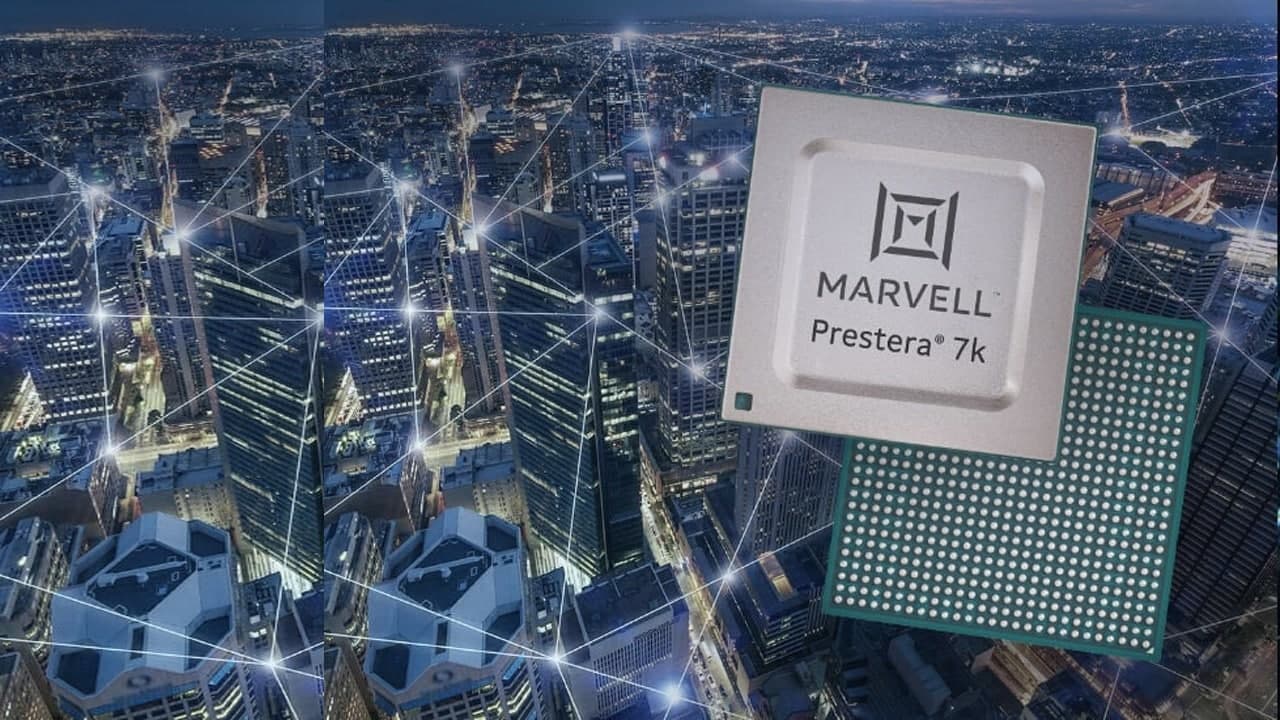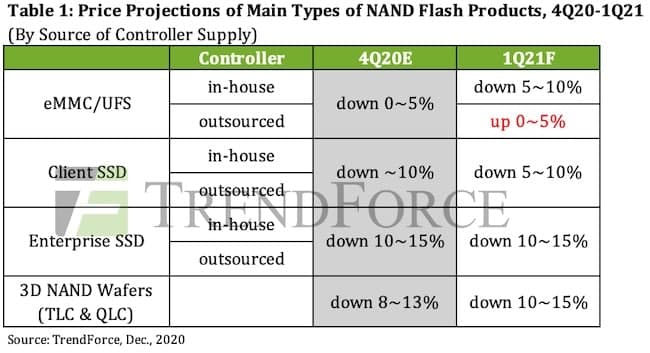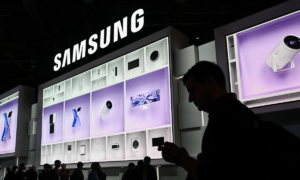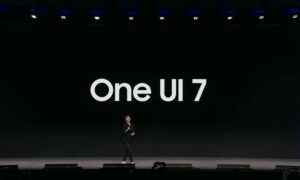The research institutions had previously predicted that due to Samsung, SK Hynix, Intel, and Yangtze River Storage will increase production, the average price of NAND flash memory next year will drop by 10-15%, but according to TrendForce (TrendForce), the price of NAND flash memory control chip (that is, SSD master control) will increase by 15-20%.
The report shows that the capacity of upstream chip foundries such as TSMC and UMC has been fully loaded, while the capacity of downstream chip packaging and testing manufacturers is in short supply, and the main control manufacturers such as Phison and Phison cannot meet the supply of customers.
Demand, and considering raising prices, many main control chip suppliers have stopped quoting at present and are watching. As it is currently at the end of the year, NAND flash memory suppliers and module manufacturers are in the process of contract negotiations for the first quarter of next year, so the price increase of the main control chip is expected to be between 15-20%.

In terms of demand, the demand for medium and low-capacity eMMC solutions has risen sharply, due to the significant increase in sales of devices such as smart TVs and Chromebooks. These devices do not need high-performance SSDs to run, and for cost considerations, eMMC memory chips that are currently obsolete on mobile phones will be selected.
However, because NAND manufacturers have updated their manufacturing processes to 3D multi-layer NAND chips, the production capacity of eMMC has been reduced a lot, so customers turn to memory manufacturers, hoping that they will process them to produce new eMMC chips. TrendForce said that 32GB and 64GB eMMC chips will increase the most.
TrendForce pointed out that despite the current oversupply of NAND flash memory, due to the shortage of control ICs, the supply of medium and low-capacity eMMC chips is tight, which will put pressure on product manufacturers and the prices of equipment using eMMC chips will also rise slightly.

In terms of solid-state hard drives, Samsung and other major master chip manufacturers are all outsourcing manufacturing and signing long-term contracts to produce them in foundries. Although there is no information about the price increase, for the time being, TrendForce has observed that the lead time of SSD master control has also been extended.
In addition, the demand for the latest PCIe 4.0 solid-state drives has increased, and the price of SSD master chips will be increasingly affected by foundries in the future.
Research Institutions: The average selling price of NAND flash memory is expected to continue to decline throughout 2021 ” The admission of Yangtze River Storage in China will make the price of NAND chips expected to continue to decline next year.
(Source)










